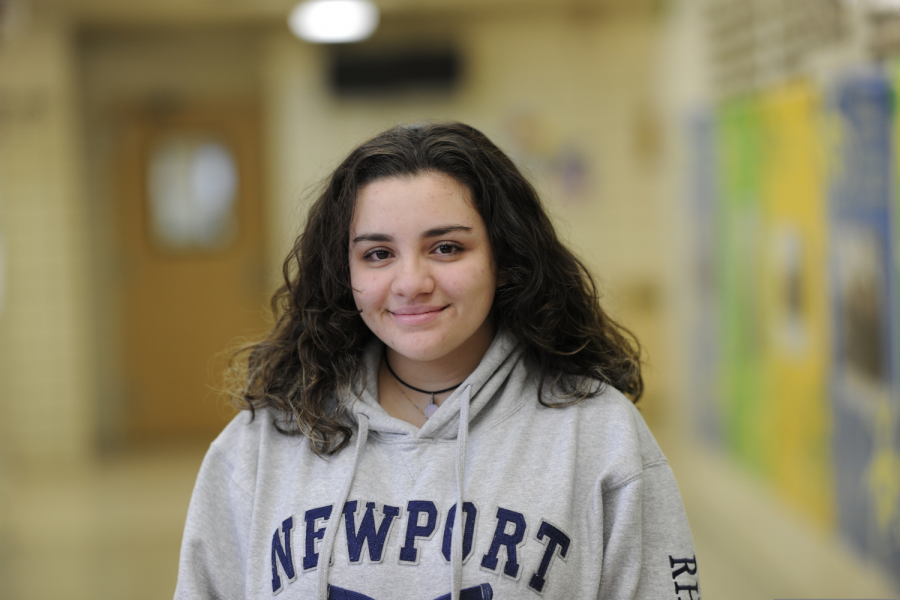The Colors Show
‘The Colors Show’ introduces underrepresented Brazilian talent
Aline Marrero ‘20 share her experiences watching ‘The Colors Show’ and interprets its effect on the Brazilian community.
‘The Colors Show’ is a YouTube channel in which famous and upcoming artists are given the opportunity to perform one of their songs live. It has gained popularity for its atmosphere and diversity with a vibrant color being directly placed as the background to represent the essence of each singer. From lilac to orange, these colors add to the artistic value of the show, while also demonstrating a somewhat minimalist approach. The video does not take away from the actual performance, but enhances it entirely. This channel has gained traction in first world nations because of its uniqueness. People from a variety of countries have visited the Colors’ stage. As a result, a remarkable variety of music in different languages and styles has been made available to many societies.
The most current ‘Colors Show’ video features Liniker, a transgender Afro-Brazilian woman, with a beautiful shade of maroon as a background. This became a pivotal moment for Brazilian artists for a variety of reasons. A network with 4.06 million subscribers currently, the range of people that is reaches is grand and the energy is magnetic. Within their own country, Afro-Brazilian people are extremely underappreciated. People of light complexions and light eyes are chosen to represent a country of people that for the most part, do not look this way whatsoever. This is one of many examples of the existent biases in third world and developing countries.
Although a large part of Brazilian culture originated from African descent, such as samba, the recognition Afro-Brazilians receive is astoundingly nonexistent. African culture is ingrained in many aspects of the country, such as food, religion and music, yet discrimination and atrocious racism remain prevalent. Liniker sang an original song, which allowed for exposure beyond the Brazilian community into more mainstream media. Linkier wrote and sang the song “Presente,” a Brazilian ballad that is not well known in the country itself. The fact that Afro-Latino representation is so underappreciated stems from the inherent bias that exists within their society.
Brazil has one of the highest mortality rates regarding violence towards women and the statistics are even higher when considering trans women of color, suffering the brunt of violence and terror in their own home.“I’ve never lived in Brazil so I didn’t see it [violence against women] firsthand, but I’ve been there multiple times, and it is often not spoken about in Brazil,” said Elena Morgan ’20. This devastating reality makes it so that these people are not only misrepresented and not spoken about, but outright targeted. Extreme violence has not been successfully curbed as it is widespread, and the government has impacted the situation very minimally with intervention.
The issues pre existing within Brazilian society have been extremely detrimental to the success of people of color in Brazil. Aline Marrero ’20 said, “I’m from Brazil, and it’s something that definitely exists to a large scale. Especially with their new president, it seems unlikely that people will be viewed for raw talent, regardless of skin color or gender identity.” The fact that there is a surprisingly large number of Brazilians being represented in the ‘Colors Show’ gives people the recognition that they deserve. This should be one of many wake up calls for Brazilian society to bring recognition to talent in the country, and represent the diversity of its population.
Aline Marrero ’20 said, “I’m from Brazil, and it’s something that definitely exists to a large scale. Especially with this new president, it seems unlikely that people will be viewed for raw talent, regardless of skin color or gender identity.”
Marina Mengual is the A1 Editor for ‘The Science Survey’ and a Student Life Reporter for ‘The Observatory.’ She is also the Copy Chief for the...
Anastasia Diakolios is one of the Editor in Chiefs of ‘The Observatory’ and a Staff Reporter for ‘The Science Survey’. She loves to write about...











